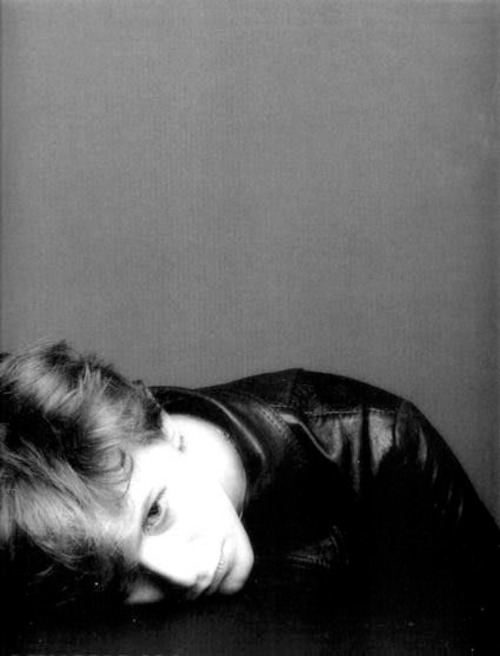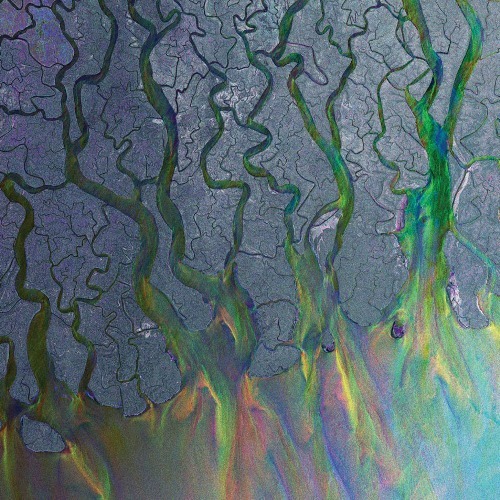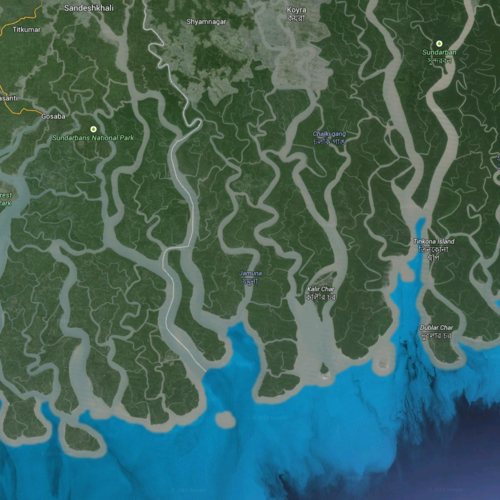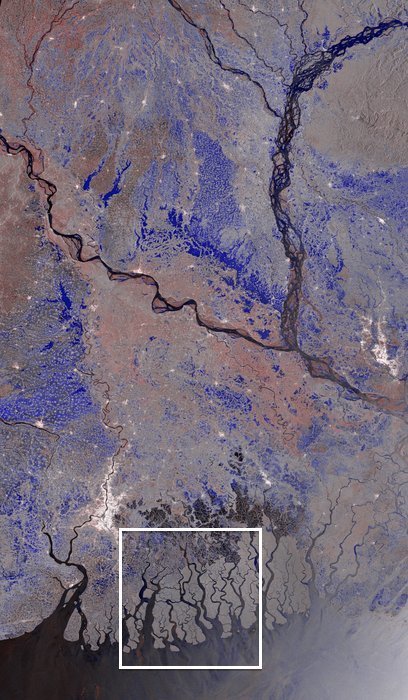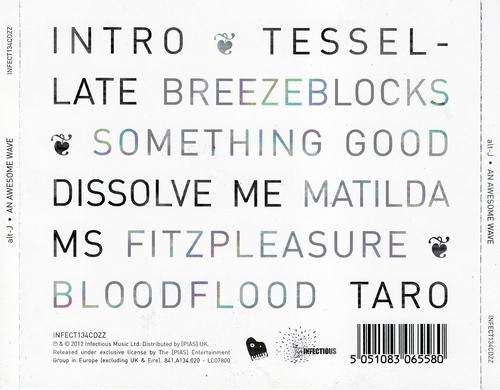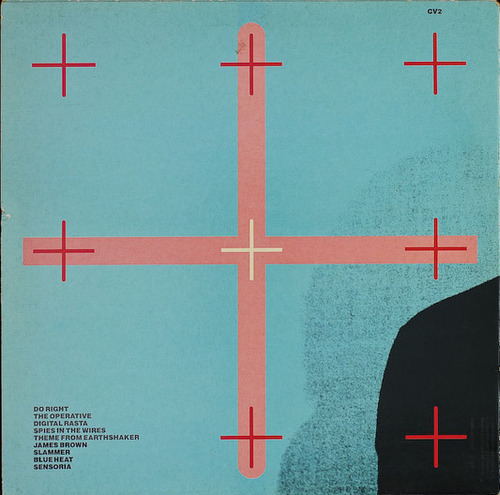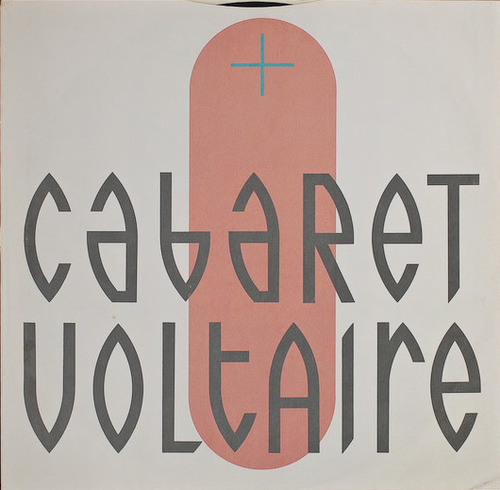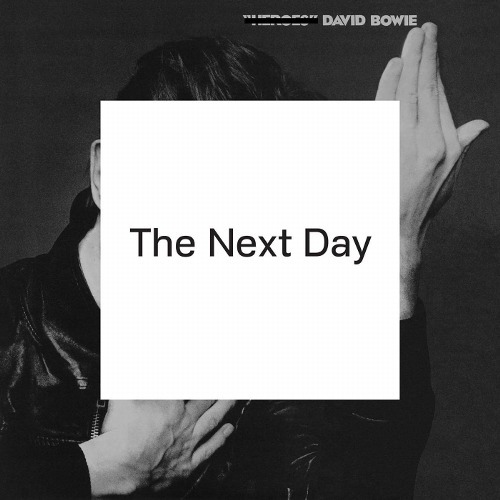
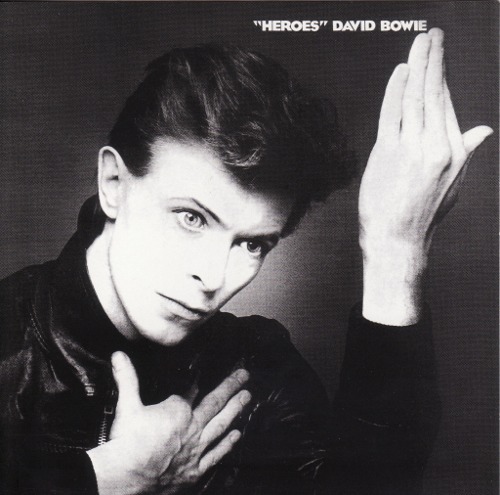
The first album by Bowie in over 10 years and he recycles an old album cover – genius – Bowie wanted to represent “forgetting or obliterating the past” by obscuring the photograph from the 1977 album Heroes, photographed by Masayoshi Sukita. The album was kept as secret as possible, and then a huge campaign, designed by Johnathan Barnbrook exploded all over the walls,the internet, and the papers. The campaign was simple – stick a massive white square over any other musical commercial reading “The Next Day – 03.12.13.”

Some of the images, like those above, were constructed for the campaign a lot more, but the image below is literally forgetting the old and posting the white square over another band’s poster, in this case Foals.
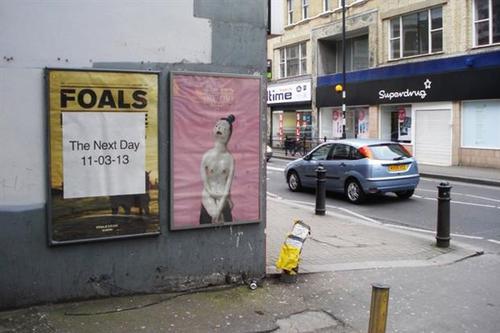
I don’t know how happy some of the other bands were, but the hilarious advertising helped the album jump to the number one album spot for the ninth time. The designer Johnathan Barnbrook had the chance to create his third work for Bowie and decided to show off a new font.

The font, Doctrine, is a sans-serif font that is clean cut and reads well on both a large and small scale. The font started from the North Korean National Airline livery on the side of the plane and evolved from there. On the packaging it looks extremely professional and not too industrial.
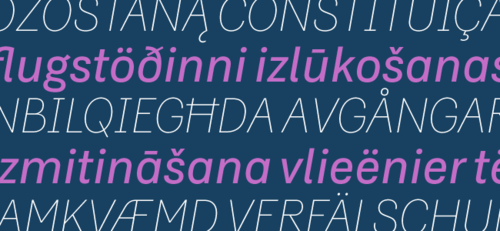
The photography of the original Heroes cannot be ignored however, and the photographer Masayoshi Sukita went through multiple shots with Bowie before the perfect one was chosen.
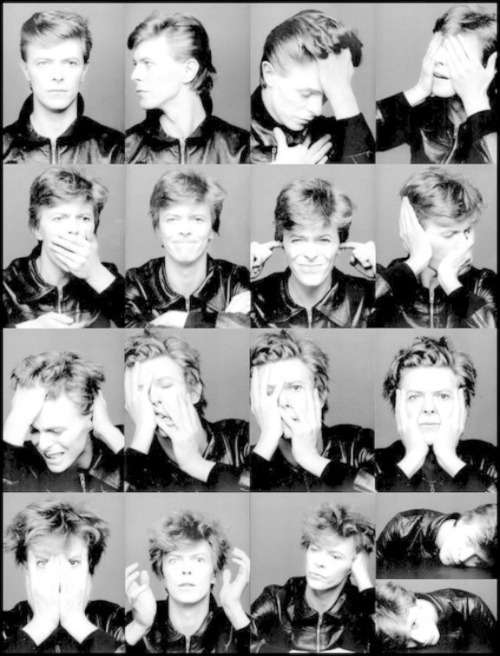
Many of the shots look fairly messy and not fit for an album cover, whereas the final shot makes Bowie look extremely on point and is probably one of the most famous pictures of all time. The picture below is my favourite that wasn’t chosen for the album, it is however slightly too similar to the cover of his album Low.

The idea of the white square works on all platforms and the vinyl design is as simple as it gets, the white square spinning around on the record player leaving a blurred circle in its wake. The simplicity of the design and the comedic value it carries with it make it a brilliant album cover and the perfect marketing scheme due to its minimalistic thought provoking qualities.
